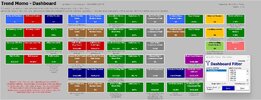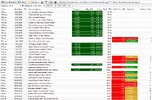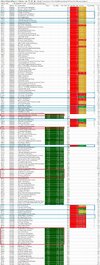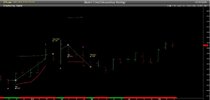Richard Dale
Norgate Data
- Joined
- 22 February 2005
- Posts
- 277
- Reactions
- 207
Skate,
Are your backtest results posted in the last several dozen posts baesd upon "point-in-time" constituents, or "current-constituents-at-the-time-of-posting projected to prior periods"?
Are your backtest results posted in the last several dozen posts baesd upon "point-in-time" constituents, or "current-constituents-at-the-time-of-posting projected to prior periods"?















